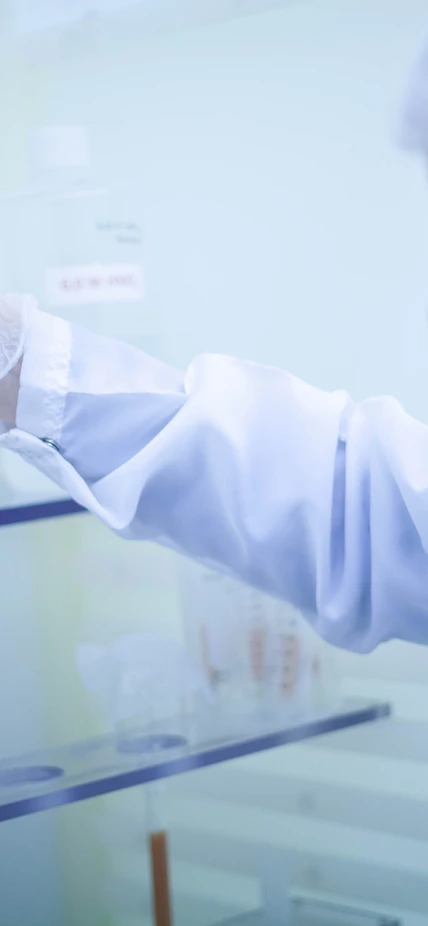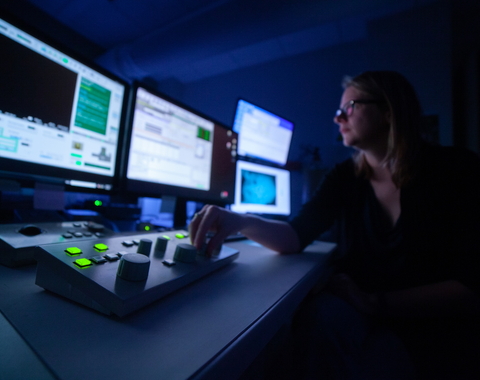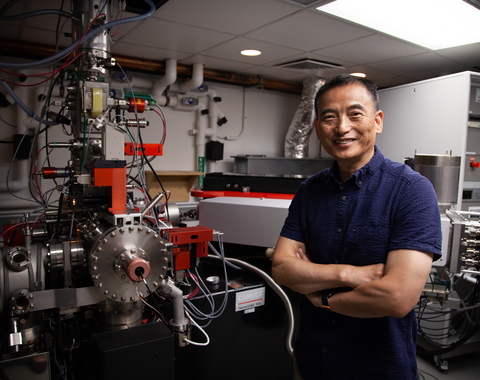This month we’re starting a new series looking behind the scenes at the people who make the Carnegie Earth and Planets Laboratory run smoothly. Kicking us off is Mary Horan, the geochemistry lab manager.
Mary joined the Department of Terrestrial Magnetism in 1997. Since then, Horan has worked closely with more than 20 postdocs and has an active record of publications. Her own research interests lie in the field of isotope geochemistry, which she uses to understand the history and composition of the solid Earth and Solar System.
In this interview, Horan discusses her work here on campus and posits what the future of the field will hold. Plus, Horan describes the technical side of isotope geochemistry in relation to one of her own research projects.
Update: Mary Horan retired in 2020.
Carnegie Earth and Planets Laboratory (CEPL): How would you describe the work that you do here on the BBR campus?
Mary Horan (MH): I keep the isotope geochemistry lab working, help postdocs and visitors to figure out how to do their work there, and I do some research in between.
CEPL: How many postdocs have you worked with as they come through Carnegie Science?
MH: Around 20, maybe a bit more, and a similar number of short-term visitors who come here to do analytical work.
CEPL: When you’re not guiding postdocs through the geochemistry lab, what is your personal area of research?
MH: I like to study the evolution of the early Solar System and the Earth through measurements of the chemical and isotopic compositions of rocks and meteorites, primarily using both long-lived and extinct short-lived radiometric decay systems.
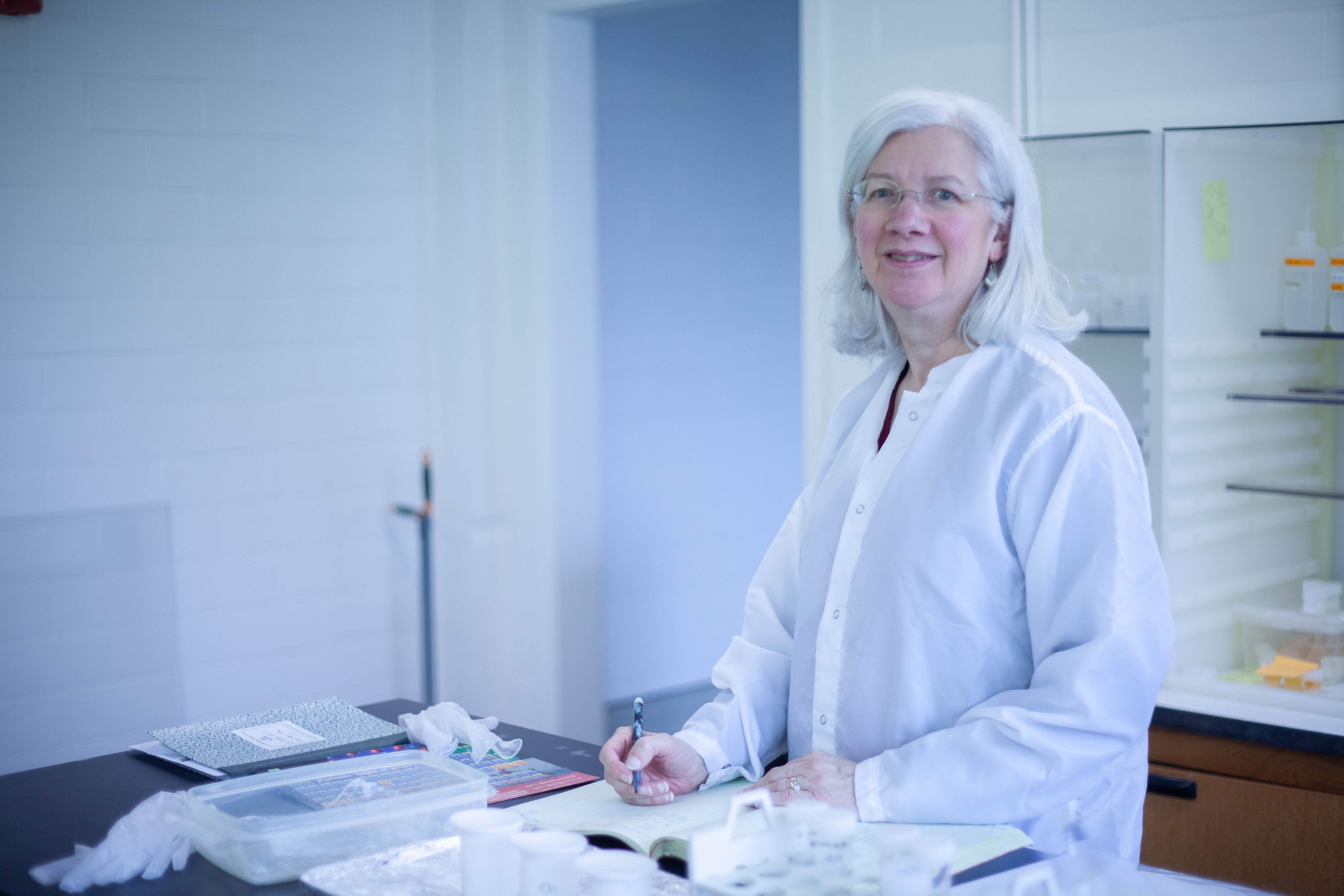
CEPL: Why is continuing to be an active researcher important as the Geochemistry Laboratory Manager?
MH: Research is the fun part, of course, but it also helps me know better how to maintain our data quality, what laboratory techniques need to be improved, and how long it will take to do a chunk of analytical work. A big part of my job is helping others to learn the analytical end of isotope geochemistry, and that means I need to know how to do it well myself.
CEPL: What exactly is isotope geochemistry, and what can it tell us about the world we live in?
MH: So many processes in the Earth or Solar System are too ancient, too slow, or too hidden for us to observe directly. We are lucky that important geologic processes like melting or crystallization can cause changes, over time, in the isotopic composition of certain elements. The isotopic variations of these elements tell us the ages, sources or other aspects of the histories of rocks or meteorites.
CEPL: What is your most recent research project?
MH: I’ve been working most recently on a world-wide suite of glacial deposits collected by Rich Gaschnig and Roberta Rudnick to better characterize the composition and history of the upper continental crust.
CEPL: What is the first step to chemically analyze a glacial deposit?
MH: Rocks don’t willingly give up their secrets. They first need to be dissolved into an acid solution before the chemical separation of the elements you’re interested in. For this project, the target is neodymium, which is present in only a few tens of parts per million in the rock but has two isotopes that are radioactive decay products of samarium.
In order to get at that neodymium, I use a flux fusion method that dissolves rock powder into a molten glass bead at 1050° C. I pour the molten bead into a solution of weak acid where the bead completely dissolves. With the rock now dissolved, we can use liquid chromatography to purify the elements that we are interested in from the rest of the rock.
CEPL: How does liquid chromatography work?
MH: We pass the rock-acid solution through a resin that sits in a tube or column. Under a microscope, resin looks like fish roe. It is made up of tiny plastic spheres covered with an adsorbed organic compound that complexes with—or holds on to—some elements from the rock and lets other elements pass on through the column.
The resin is the orange stuff in the column shown in the photo. The rock-weak acid solution has started to flow through the porous resin, and the darker spot at the top of the resin is where most of the major elements from the rock now are adsorbed to the resin. Over the next couple of hours, you can see this spot moving down the column as the major elements flow out the bottom. The neodymium and samarium that we’re interested in sticks tightly to the resin until I add strong acid later today and wash them out into a collection beaker.
CEPL: What happens after you have that fraction isolated?
MH: More chromatography! In our lab, we use various acids and a number of resins with different organic compounds, depending on which elements we want to separate. This rock sample needs to go through at least two more columns and finally, I’ll get samarium (the parent) and neodymium (the daughter) in two different beakers. At this stage, they will be ready for mass spectrometry.
Once the elements are isolated, I’ll measure their isotope ratios using our mass spectrometers. These data will provide a ratio of samarium to neodymium concentrations in the rock and the isotopic composition of the neodymium.
We can use this information to figure out the ages and sources of the rocks that contributed to the glacial deposits.
CEPL: In your opinion, what is one of the coolest or most important discoveries you’ve been a part of at Carnegie Science?
MH: The discovery in 2005, by postdoc Maud Boyet and Rick Carlson, that the neodymium isotopic composition of chondritic meteorites and the Earth are different. How could that be, if the Earth was made out of materials like chondrites? Their original measurements were quite sound, but the interpretation of those and of new data are still evolving today. That’s how science should work.
CEPL: Can you recount a time when you realized you wanted to be a scientist?
MH: It was a superb geology class that I took in high school that did it. What could be better than learning about the Earth that we share?
CEPL: If you weren’t the Geochemistry Laboratory Manager, what would you be doing?
MH: I'd be painting or playing outside.
CEPL: What do you think will be different in your field of study, say, 100 years from now?
MH: Plate tectonics and isotope geochemistry are both much less than 100 years old, so it’s really hard to imagine the field 100 years into the future. On my wish list is highly precise isotopic ratio measurements on tiny samples, at the atom scale. Right now, we can do one or the other, not both, but I suspect the field will be there in far less than a century.
In the lab
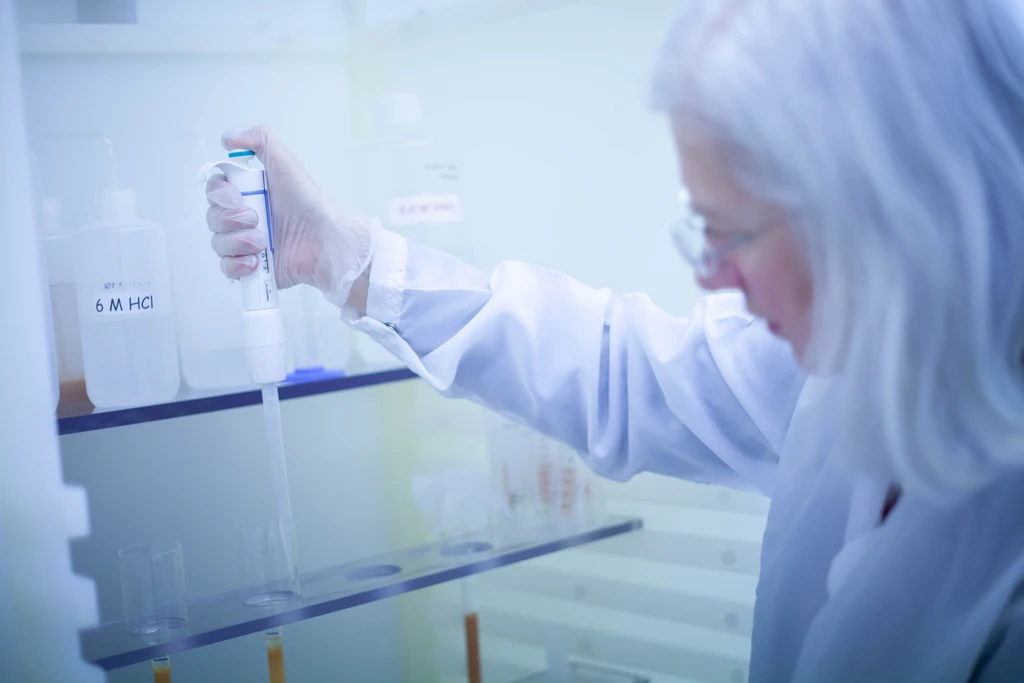
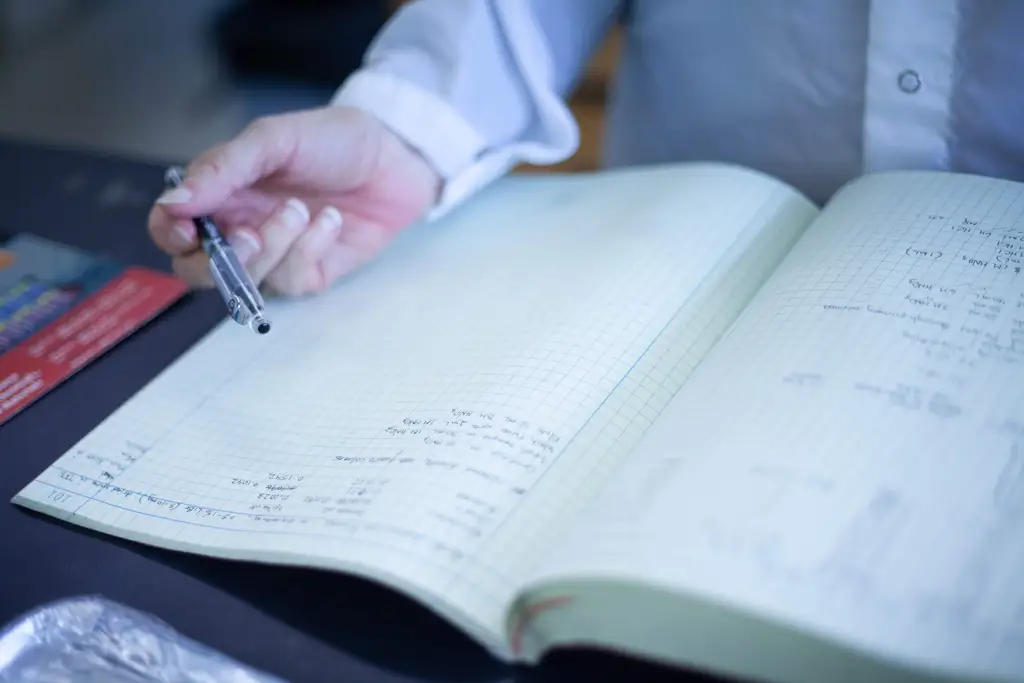
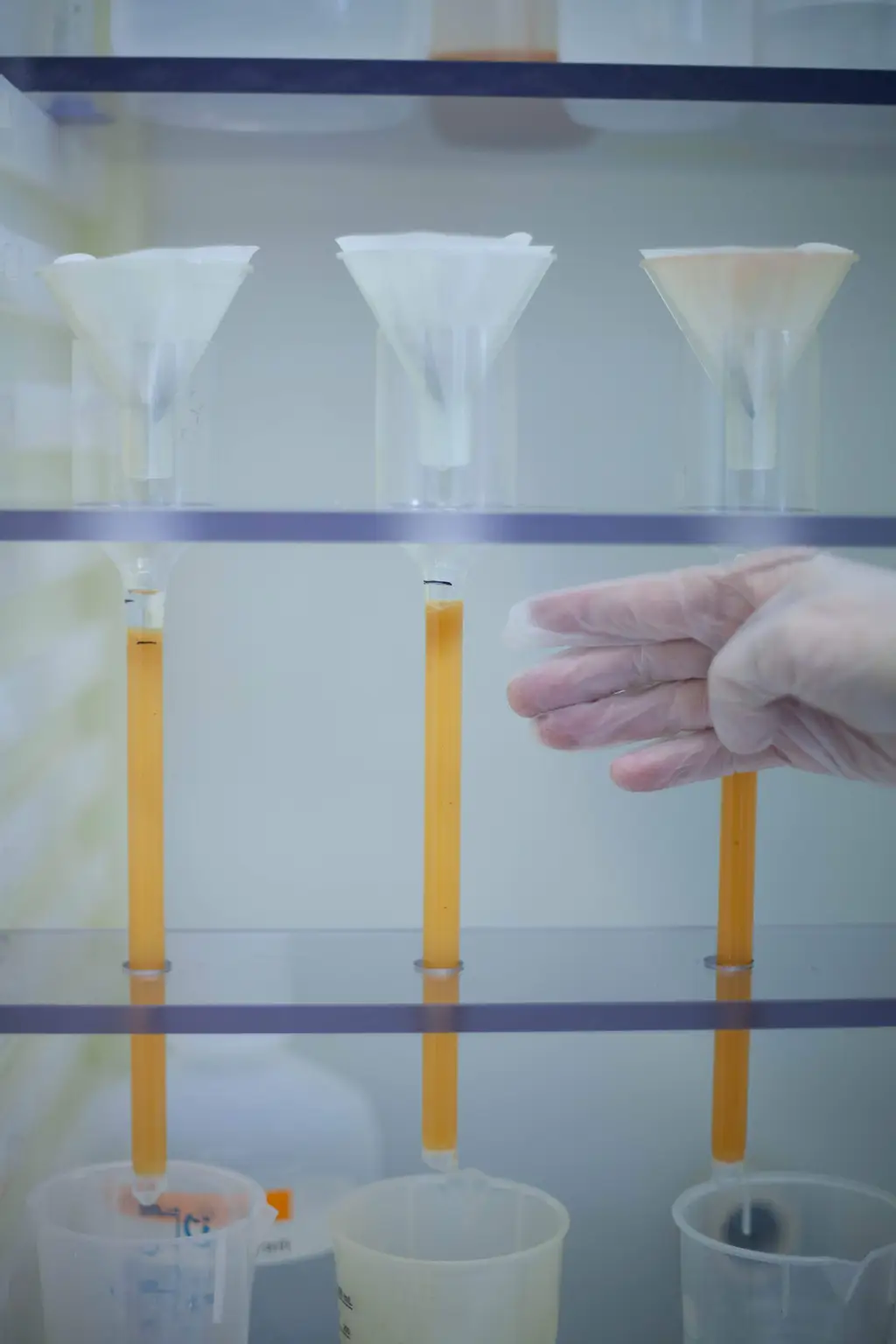
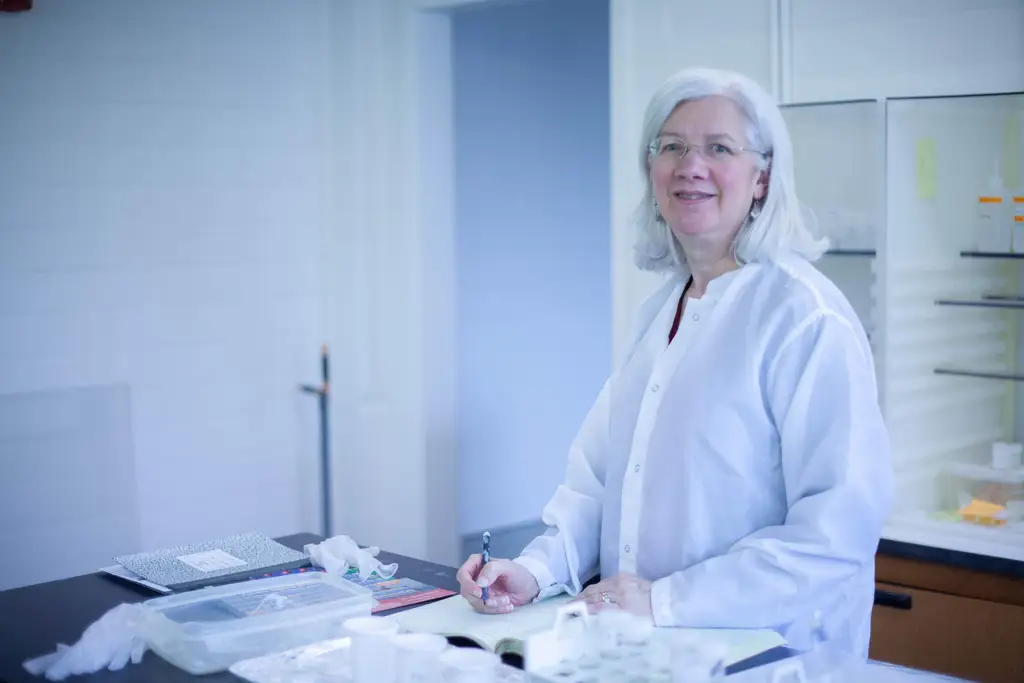

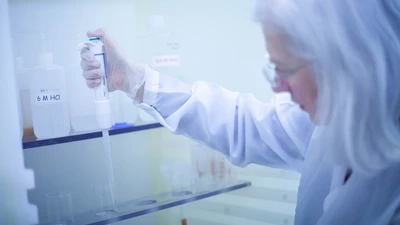
Mary Horan - 1.7.2020 - Chemistry Lab-12.jpg
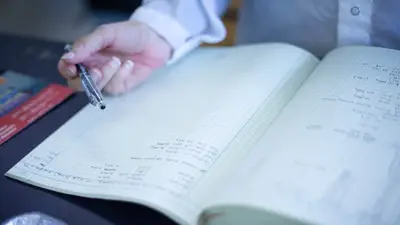
Mary Horan - 1.7.2020 - Chemistry Lab-14.jpg

Mary Horan - 1.7.2020 - Chemistry Lab-5.jpg

Mary Horan - 1.7.2020 - Chemistry Lab-16.jpg

Mary Horan - 1.7.2020 - Chemistry Lab-7.jpg
